And each day looks the same to me, the face masks and monotony… (Riffing on Paul Simon)
Facing a seemingly interminable list of stuff to be done, I used to fantasize about something I called “No Time,” an enchanted space of hours tucked into—but not counting toward—the daily 24 rotations around the clock face. During “No Time,” I would indulge my cravings—write without a thought to querying, belt out songs on my guitar, draw, read, decoupage stuff, turn up the music and dance wildly about the house. The magical property of “No Time” was that I could shape it to my whimsy of the moment, with no concern for what had to be done.
Well, as they say, be careful what you wish for. It seldom arrives in the guise you imagined. To paraphrase Gabriel García Márquez, time in the time of coronavirus is distinctly weird. Days sort of flow into one another with little to distinguish one from the next. No trips to the hair salon, no gym sessions, no dental appointments (there is a silver lining in this). The calendar is a clean sheet of 30/31 blank spaces, and every day seems like Saturday, except Saturday which feels like Monday. Oddly, these indistinguishable days pass much too quickly. Like water through a sieve, they hold no shape. I can’t seem to give them meaning or weight.
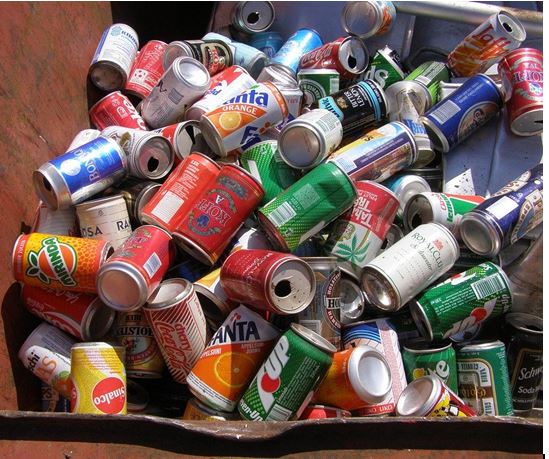
When the pandemic first descended—as the boxes of cans and bottles piled up [recycling center closed], bags of yard-waste lined the porch [dump closed], and rows of masks and rubber gloves lay drying on a folding rack in the kitchen (were we due in surgery that day?)—I thought Okay, we’re grounded for a while. What can I accomplish that I normally wouldn’t have time for?
The answer may surprise you. It certainly surprised me. I, who have A clean house is the sign of a wasted life magnet on my fridge, decided to deep-clean my house from top to bottom.
Striving for Order in Chaos
Ed and I live in an 1895 Victorian, which gets regular bathroom and kitchen maintenance (we’re not that scurvy), but otherwise mostly survives on “party cleanses.” You know, the kind of cleaning you do when two or three dozen friends are dropping by for the annual holiday bash, and you count on the flow of liquor and dim lighting to disguise the worst of it. Not down-on-your-hands-and-knees clean, but good enough so the health department won’t shut you down. This year, from mid-March through the end of July, I did the hands-and-knees level of cleaning over every square inch of this house. Ed (who generally does the mopping and vacuuming while I write and query agents) would say from time to time, “Babe, why don’t you take a break today?” Good question, but I was consumed. I. Was. Going. To. Clean. The. House. Once. And. For. All!

What was I seeking amid the dustcloths and Murphy’s oil soap, the sponges and Windex? Lightness? A sense of order in these chaotic times? Some kind of meaning in this pandemic nightmare?
COVID time. It’s not quite “the loss of a future that someone had imagined” as one writer tweeted, and it’s not quite the cancellation of the present. It’s more a kind of suspended animation where we’re still here, and moving about (in a limited way), but the motion feels aimless. Like characters in search of a play, our days lack context. We are ungrounded.
Tough Guys Finish Last
When a team of New York Times journalists interviewed scientists and public health experts from around the globe, they were on a mission: What were the root causes of America’s unrivaled failure in combating COVID? Predictably, the dereliction of TheRUMP admin was a central theme, but experts also cited the longstanding tendency of Americans to balk at government mandates. No one tells me what to do. I do what I want. “That aversion to collective action,” the experts said, “helped lead to inadequate state lockdowns and inconsistent adherence to mask-wearing based on partisanship instead of public health.”
The aversion to collective action.
“As an American, I think there is a lot of good to be said about our libertarian tradition,” Dr. Jared Baeten, an epidemiologist and Vice Dean of the School of Public Health at the University of Washington, told the Times. “But this is the consequence — we don’t succeed as well as a collective.”
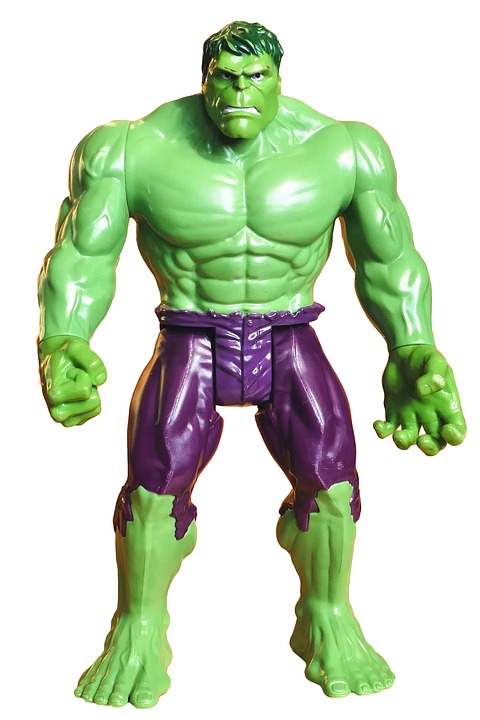
We don’t succeed as well as a collective. Will you listen to yourself, dude? Succeeding is the point, especially in quelling a pandemic with over 5.5 million confirmed cases and 174,000+ deaths in the U.S., alone. Our Marlboro-smoking, gunslinging, machismo—I go my own way—is killing us. And the weird thing is, we know this. That disorienting lack of context I mentioned above? That’s us needing each other, missing each other, adrift without each other.

I’m not talking about the family members and friends who, for reasons of distance and/or underlying health concerns, have been reduced to talking heads on Zoom. I mean we are mourning the loss of a society. Our society. And craving that society. Because it’s a myth that we operate individually, as hermetically-sealed bubbles, with nothing beyond our own needs, our own desires, our own well-being. We may act like that, but COVID has revealed a different truth.
The Sound of Silence
Baseball. I’m a BIG fan. As the truncated 60-game season kicked off on July 23rd, I caught a Red Sox game on TV. It was an education. When I dream about baseball in the dark, cold days of January, what comes to mind more than anything is the crack of the bat. It is the enduring visceral sound of the sport. At least, that’s what I thought until this season.

I found that first game almost unwatchable. The empty stands were weird, but much eerier was the lack of crowd noise, something most of us would have considered “background sound” in pre-pandemic days. Turns out that being a part of the crowd, immersed in the emotions and noise of your fellow fans—even if only by network proxy—is integral to the pleasure of the experience. Apparently Major League Baseball agrees, because the next game I saw was “alive” with the (recorded) sounds of fans—piped in and adjusted by the audio engineers at the ballpark to reflect the reactions of actual fans captured by an interactive website feature “Cheer at the Ballpark.”
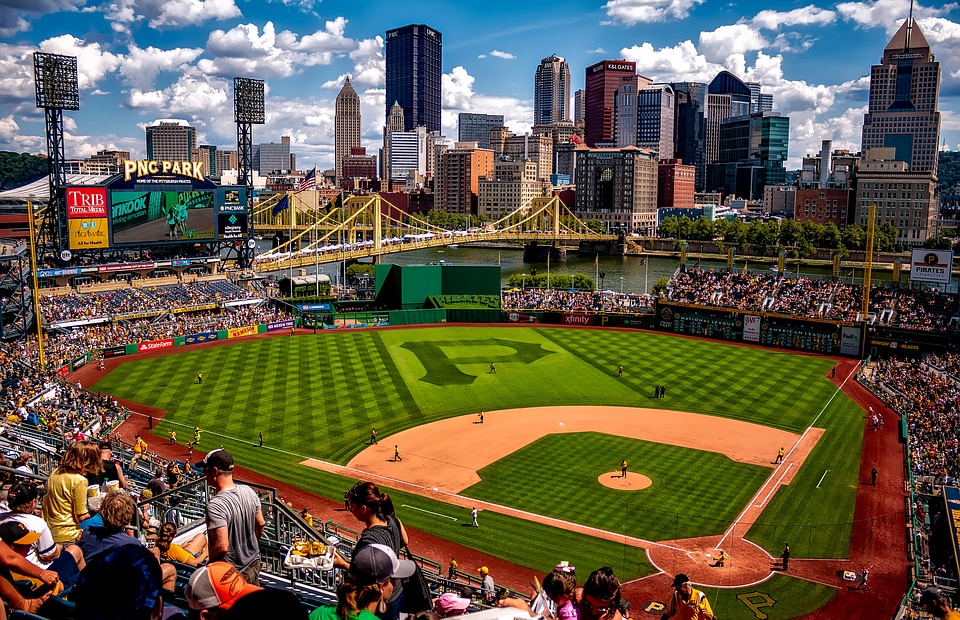
Cheers, applause, boos, chatter. We find comfort in the general people-milling-about-us sounds. We find comfort in the presence of others.
The crowded beaches, bars, and bistros of America’s premature re-opening were/are both exasperating and dangerous, but as much as I rue the fact that we are a nation that lacks the discipline to beat COVID back before venturing out, I’m not entirely pitiless. Not all of those people frolicking in the waves or crowding the boardwalk are QAnon whackjobs. Many, if not most, are simply desperate to feel the world around them again, to be part of that world, connected to others.
Shoulder to Shoulder, We Make a Mighty Noise
In the weeks following the reckless rush to re-open, something far more compelling and consequential than cocktails and shopping would bring us together and sustain community throughout the summer. The brutal murder of George Floyd by Minneapolis cops on May 25, and the resulting call to action by Black Lives Matter, brought people of all races and ethnicities into the streets in more than 2,000 cities across all 50 states. In the midst of skyrocketing COVID spread, an estimated 15-26 million people risked their life, donned their mask, and came together to protest police violence against people of color and demand racial justice. Tear gas, rubber bullets, kidnap and arrest by TheRUMP’s Brownshirt thugs—nothing could stop the need to rally together and denounce systemic racism with our collective voice.

We haven’t seen protests like these since the Civil Rights era. Why not? In the intervening 50 years, presumably, there were just as many people—and arguably more—for whom Civil Rights and racial justice continued to matter deeply. Yes, protests and rallies erupted after the fatal shooting of Trayvon Martin by a racist neighborhood-watch bully in Florida, and again following the police murders of Michael Brown in Ferguson, MO, and Eric Garner in New York City, but not on the sustained scale we’ve witnessed this summer. It took a knockout combination of punches to break through our private bubbles of COVID despair and get us out of our La-Z-Boys:
1. TheRUMP’s overt whipping up of racist hysteria;
2) The fury over his reckless disregard for American lives threatened by and lost to COVID, a disease that has disproportionately killed people of color;
3) Government indifference, even sanctioning, of ever-increasing racist police brutality and homicide—Ahmaud Arbery was murdered by an ex-cop in February and Breonna Taylor by police in March. But their tragic stories largely remained under the radar until George Floyd.
4) The horrific video of George Floyd’s final minutes erupted on screens all over America—his windpipe crushed under a cop’s knee: I can’t breathe—and a nation, homebound by the pandemic, unable to look away, was stunned.
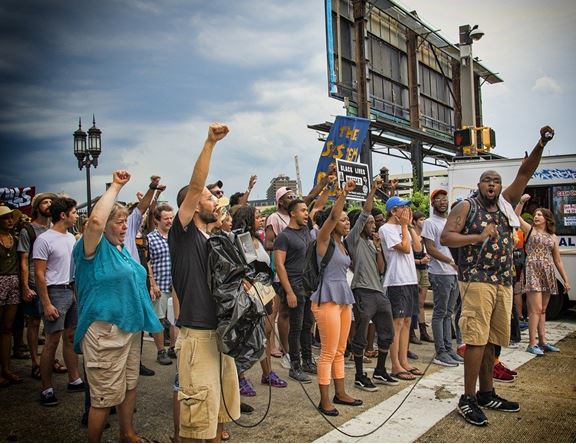
In the isolation of COVID, facing an uncertain future, with our democracy on the ropes, the vicious, racist cruelty of George Floyd’s murder reminded many of us—most of us—that we are a nation, a community, and that standing together, standing up for one another is both necessity and comfort. The headline on a recent PEW survey ran: Amid Protests, Majorities Across Racial and Ethnic Groups Express Support for the Black Lives Matter Movement. One in ten respondents to a Gallup poll reported participating in local actions.
No Life in the Safe Room
For the past decade, as the polar ice caps melt, temperatures soar, the oceans fill with plastic garbage, and the Doomsday Clock moves closer to midnight, the world’s billionaires—many of whom share substantial blame for our global mess—have been preparing “escape havens” to ride out an end-of-the-world scenario they believe will bury the rest of us. They are snapping up silos, bunkers, and millions of acres in what they consider the safest, least-polluted places on the planet—New Zealand is a favorite choice.

Billionaire Peter Thiel, co-founder of PayPal, purchased a luxury estate on a large property in NZ, noting, “If you’re the sort of person that says ‘I’m going to have an alternative plan when Armageddon strikes,’ then you would pick the farthest location and the safest environment.” His $13.8 million home on 477 acres boasts views of snow-capped mountains and is outfitted with a safe room. Other “doomsday” bunker sites tout screening rooms, private pools, and personal gyms. “Our clients are sold on the unique advantage of having a luxury second home that also happens to be a nuclear hardened bunker,” says developer Larry Hall, whose “Survival Condo” in Kansas uses abandoned missile silos constructed in the 1960s by the U.S. Army Corps of Engineers.

Realizing that the $$$ they so greedily accrued to the detriment of the rest of us will be worthless, the uber-rich are looking to self-sustaining properties with plenty of acreage to grow their needs. I recall some mention at one of these annual billionaire confabs of the need for hiring private armies, minions to protect these oases from the less well-heeled doomsday survivors seeking water, food, and shelter. The 1% will be their own little world. Perhaps they’ll be “happy.” I often think the kind of endless greed that enriched them—no sense of “enough” or the harm they cause others—is itself an incurable disease. But for the rest of us?
Most of us do not want to do life alone, however much “stuff” we possess. We need the other fans at the ballpark. We need the solidarity of fighting alongside others for a more humane, more just world. We need to share the experience of living. We need each other. We may bicker and battle but at the end of the day, what we crave is community. That was, for me, the brilliance and beauty of the Democratic Convention this past week. Although it was a virtual event, it focused on gathering Americans from across the nation and celebrating our hopes for a brighter, more inclusive future.
During her presidential campaign kickoff speech in January 2019, Kamala Harris said:
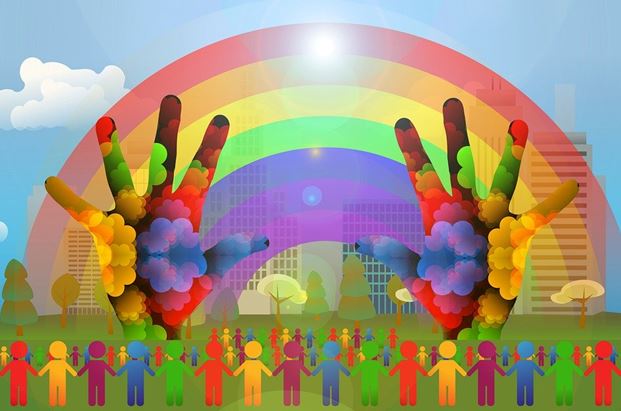
In the face of powerful forces trying to sow hate and division among us, the truth is that as Americans we have much more in common than what separates us. Let’s speak that truth…
You know, some say we need to search to find that common ground. Here’s what I say, I say we need to recognize that we are already standing on common ground.
I say we will rise together or we will fall together as one nation, indivisible.
COVID time. If it has anything to teach us, it’s that nothing matters more than life, and to live that precious life fully, we must live it not for ourselves alone, not for the stuff we can accrue, but with and for each other.
We are stronger together.
We are better together.
We are happier together.

Even if effective vaccines are widely administered next year, said year will suck unbelievably if Trump remains in the White House. I have a pretty low opinion of the American citizenry. Hopefully they will be wise enough to vote Biden/Harris into office.
LikeLiked by 1 person
Hey Neil, I can’t imagine the last week of news has made you feel better. As I told Ed when the sad news of RBG’s death came, “We are well and truly “fecked” (to be Irish for a moment) now.” But we grieve for a day or two and then we get back up and stagger on and fight for democracy. As far as the American citizenry goes, I suspect the QAnon and Proud Boys and other fascist elements are being manufactured in some underground lab, likely owned by Putin. There’s simply too many wingnut jobs out there that weren’t there in 2012.
LikeLiked by 1 person
Loved seeing Pittsburgh’s beautiful PNC Park as your ball field photo.
LikeLiked by 1 person
Michael! I’m glad you stopped by, and happy to have supplied a Pittsburgh PNC Park photo for your enjoyment. We aim to please!
LikeLike
Amy, I smiled as I read your thoughts about the first baseball games in the time of COVID. Like so many other new experiences because of COVID, the games felt wrong, unsettling. I couldn’t explain it, yet you articulated it perfectly. Thanks for sharing! It’s true that we need each other in more ways than we previously thought.
LikeLiked by 1 person
Hey Cindy, thanks for stopping by. Glad the post made you smile–we definitely need all the smiles we can get. As much as I’d like to see the Yankees take the Series this year, I’d trade all that in a New York minute for a win on November 3. And a return to democracy, sanity, and science!
LikeLike
This is so well-written, Amy. You gave me much to think about. Kudos to you for doing the deep cleaning. I’ve started to declutter but want to do more during this pandemic. You’re right, we have a lot of time available–I’ve spent some of it trying to process the shock and anxiety that I felt.
I didn’t know about the billionaires preparing escape havens–which is scary stuff.
LikeLiked by 1 person
Thanks for reading and stopping by, Susan. I hear you about the shock and anxiety. It’s impossible to completely escape because we’re dealing with a double whammy–trying to save our health and democracy. The two are definitely linked, but what a psychological load. To riff on Bob Marley, it’s time to “Clean up, stand up, don’t give up the fight.” Take care. Stay well.
LikeLiked by 1 person